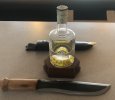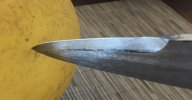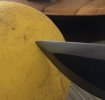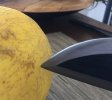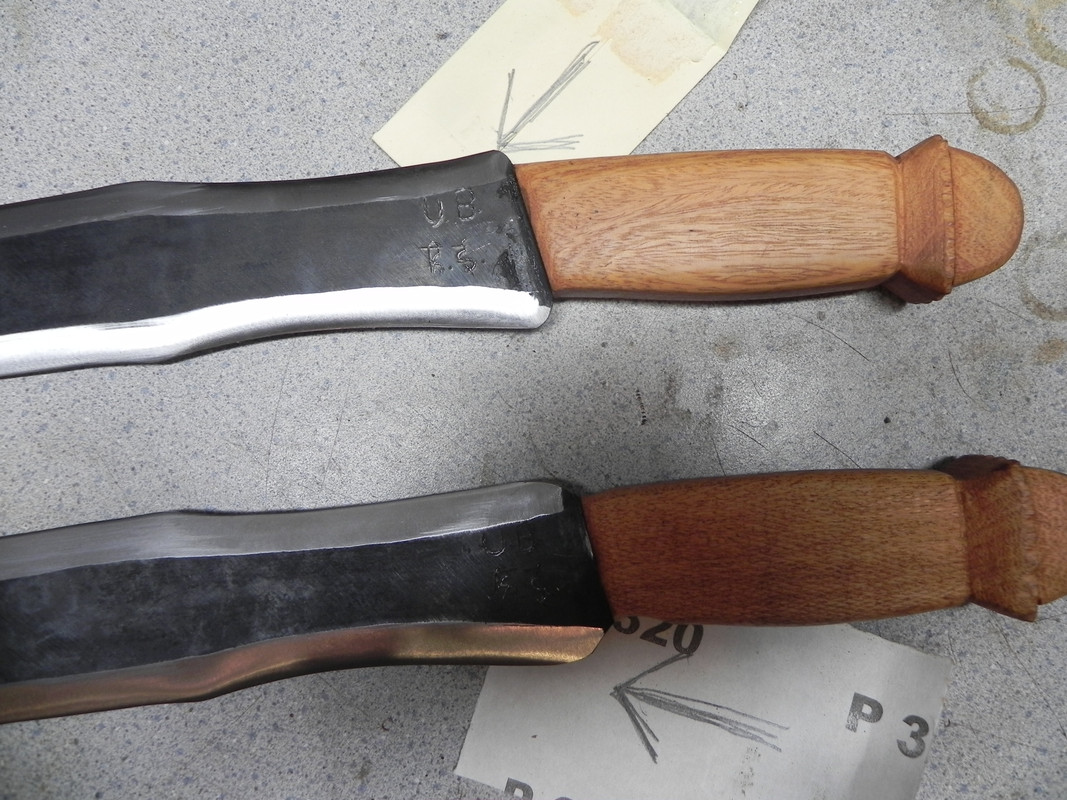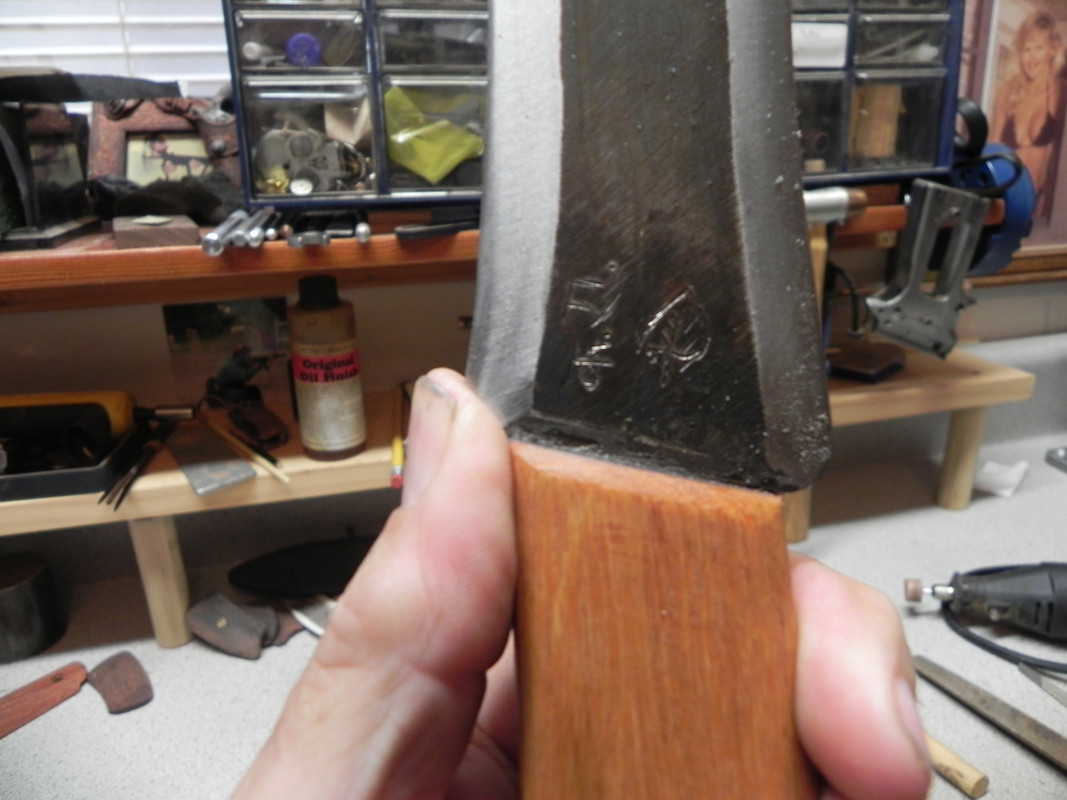- Joined
- Feb 23, 1999
- Messages
- 4,848
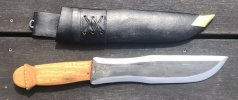
Yangdu knows my taste for the esoteric, and sent one of these knives over for me to review. Ram Kumar made a few of these for HI, based on the knife carried by the fierce diety Bhairav. The aspect Kaal Bhairav, or Black Bhairav, is revered in the Kathmandu valley and surrounding regions.
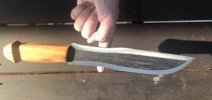
Overall length 14.75”.
Blade 9.75”
Handle 5”, of red sandan wood
Weight 14.5 oz.
The blade is sharp on both sides. This is not a bushcraft knife or a utility knife. The back edge would do serious damage to a user unwise enough to push on it.
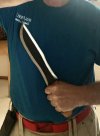
Bhairav in many of his aspects is a protective deity. Protective of women, of the meek, the innocent, etc. Bhairav is a manifestation of Shiva the destroyer to the Hindus, and a fierce emanation of Manjusri to the Tibetan Buddhists. Yangdu mentioned “According to (a) Lama from Nepal the reason Bhairav carried this knife on right hand is to protect all animals.”
Below is a photo I took of Bhairav in Durbar square in Kathmandu, back in 2010. Note the female devotees in front.
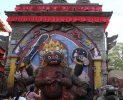
This knife is obviously a weapon, but to be true to its spirit, not an indiscriminate one. Like the kirpan, this knife is intended for the sheepdog instead of the wolf.
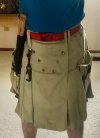
The size, weight, and handling of the Bhairav knife will lend an immediate sense of familiarity to the bowie knife practitioner. A few differences that bear familiarization:
- fully sharpened back edge. Rethink and generalize the back cut.
- Wasp waist. If this near part cuts pulling back will cut deeper.
- Limited protection against hand slipping forward. No guard or central ring as on a khukuri. The double edge and wasp waist could make quite a mess should a hand slip forward on a thrust into something hard. Rethinking thrusts with an eye to reinforcement by the other hand, or a thumb, is important with this unusual weapon. Another option would be to reshape the handle, add a central ring, or add a small guard with the objective of minimizing this hazard.
Yangdu also mentioned:
“There is temple in Kathmandu valley . When people visits the temple and Bhairav they offer him home made Raxi (moonshine) ...
When I visited the temple I took small bottle of Khukuri rum and offered to Kal Bhairab.”
Should a sheepdog on this side of the pond understand and acquire one of these spirit knives, I believe Bhairav would accept a christening of the knife with Johnny Walker or Jim Beam with the same acknowledgement and respect given to rakshi and Khukuri Rum.

